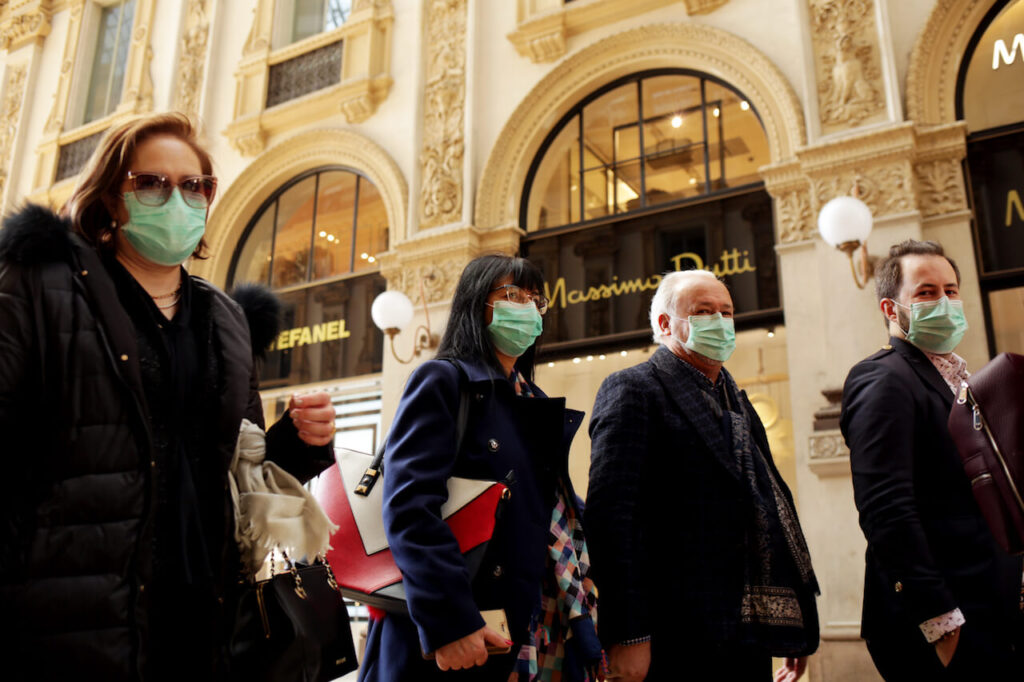Due to rising coronavirus infections in the United States, the European Union removed the U.S. from its ‘safe list’ countries for non-essential travel and made an official recommendation to its 27 members to reinstate travel restrictions for American travelers.
On August 31, 2021, Italy became the first European country to announce stricter coronavirus requirements for American tourists entering the country.
All travelers who have been in the U.S. in the past 14 days are subject to heightened protocols before entering Italy. Regardless of their vaccination status, they must present a negative coronavirus test within three days of their arrival in the country.
Unvaccinated travelers must quarantine for five days after arriving in Italy, and be tested for coronavirus again, even if their initial test was negative.
Travelers who wish to access Italy’s archeological sites, theatres, and indoor sections of restaurants, cafes, and bars must present a “Green Pass”, which shows proof of vaccination, proof of negative results from coronavirus test, or proof of recovery.
A contact tracing form is also required for all tourists to identify clusters in the event of a virus breakout.
These tighter restrictions also apply to travelers coming from Japan, Canada, and Israel, who are all currently experiencing a new surge of coronavirus waves.
The new restrictions will last until at least October 25, 2021, the Italian Ministry of Health said in a statement to the press.
In 2019, 5.6 million Americans visited Italy. Americans make up the largest group of international travelers to Italy, and contribute an estimated $2.8 billion to the Italian economy.

